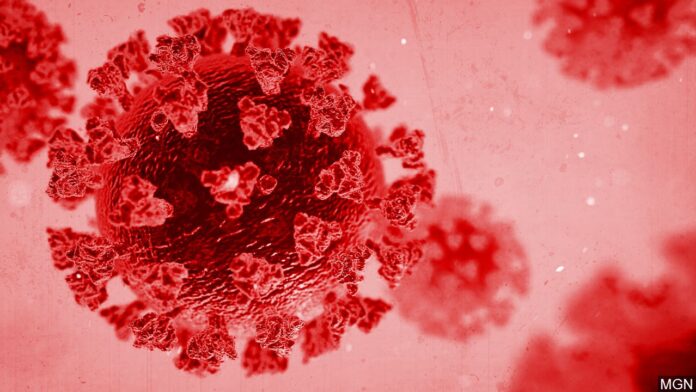The COVID-19 pandemic has been a proving ground for the Rio Grande Valley’s young medical school. When the University of Texas Rio Grande Valley School of Medicine was founded in 2014, it addressed an immediate and critical need for health care programs that weren’t available south of San Antonio and Galveston. No one could have imagined that just six years later the still-growing institution would fill critical needs as South Texas dealt with the worldwide viral crisis.
We trust that the school’s value has not been lost on our lawmakers in Congress and the state legislature. We hope they see the need to provide UTRGV and other medical institutions with as much support as they can.
Once COVID-19 began to spread through the Valley UTRGV proved its worth quickly, providing healthcare personnel who helped treat patients, administer tests and provide test results. And it continues to do so as the pandemic lingers on.
With the release of vaccines to fight COVID-19, we count on the medical school to continue providing valuable services to the community, such as utilizing its Unimóvil mobile health clinic to help provide vaccinations to rural areas and homebound residents.
The greatest value of the UTRGV medical school, however, remains its original intent — to address a chronic, critical shortage of healthcare professionals that is nationwide, but even more severe in areas marked by poverty, minority populations and rural areas — such as the Rio Grande Valley. Unfortunately, the pandemic has made that shortage more severe — and more immediate.
The COVID-19 pandemic has cost our nation’s — and the world’s — medical community dearly. Many health professionals, in treating COVID-19 patients, fell victim to the deadly virus. Others chose to retire, perhaps sooner than they’d originally planned, in the interest of their safety and that of loved ones to whom they might have brought the virus home from work.
As a result, our already heavy shortage of doctors and other healthcare professionals will only grow more severe in the coming years. The Association of American Medical Colleges estimates that by 2033 our doctor shortage will reach 140,000.
The pandemic has cut into business revenues — and tax receipts — leaving legislative bodies at all levels with fewer resources than they originally planned, and that shortage will be felt for years to come.
A shortage of medical personnel, and the services they provide, must be addressed as much as possible. A greater supply of doctors, nurses and other healthcare providers not only will help alleviate suffering for more people, but more primary-care doctors and related workers can help address medical conditions before they become more severe — and more costly.
Investing in the medical school and other resources to increase access to medical services will pay off in the long run. Even, or perhaps especially, at a time when resources are limited, supporting our medical schools not only can reduce long-term healthcare costs, but it can help mitigate the effects of any future health crisis.




